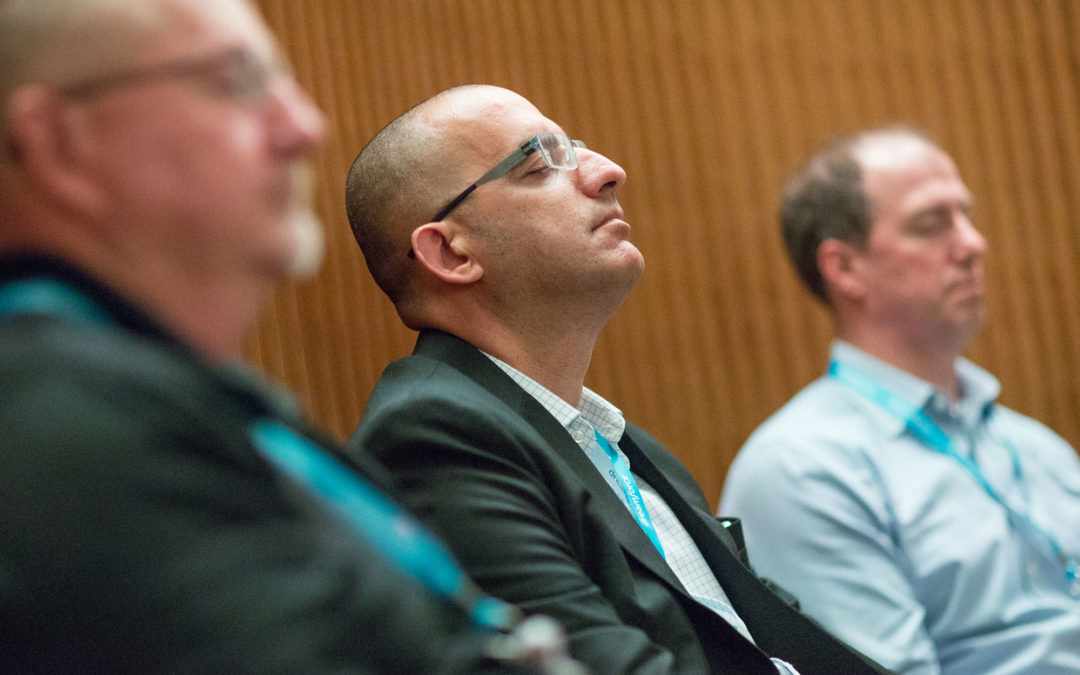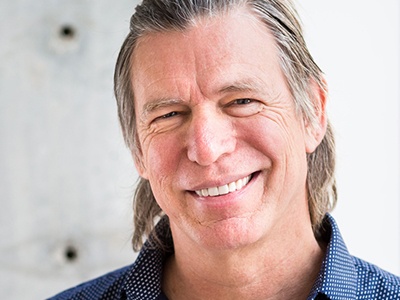
Long a mainstay of mountain-top monks and yoga studios, mindfulness practice has recently become popular with business leaders—and more HR executives are taking note as rates of employee stress and burnout rise.
But how can being mindful—which requires such things as slowing down and avoiding multitasking—actually help businesses improve their bottom line?
Benefits of Mindfulness — Backed by Science
At its essence, mindfulness is a state of awareness. Leading mindfulness researcher Jon Kabat-Zinn defines it as “paying attention in the present moment, non-judgmentally.” Psychology researcher and professor Jonathan Passmore says that at its core, mindfulness is a “focus on the here and now,” and “paying close attention to both internal and external phenomena.” When we’re mindful, we’re not just going through life on cognitive auto-pilot.
A number of studies have been conducted on the benefits of both meditation mindfulness and trait mindfulness, which include increased cognitive flexibility, better job performance, and reduced stress. According to a survey of nearly 50 scientific trials, researchers at Johns Hopkins University in Maryland found that mindful meditation can ease anxiety, depression, and even physical pain.
Mindfulness can help interpersonal relations in the workplace as well. A study by researcher Theresa M. Glomb and her colleagues found that mindfulness promotes healthier ways to relate to others by encouraging employees to take another’s perspective and reducing habitual reactions that might escalate conflict.
In a study by professors Erik Dane and Bradley L. Brummel, the managers surveyed rated mindful employees higher in job performance than those who weren’t. In addition, Dane and Brummel found that these employees were less likely to quit when practicing mindfulness at work.
Top Companies Are Seeing Benefits
Encouraging employees to slow down, focus on the here-and-now, and observe themselves and their surroundings might seem at odds with fast-paced, production-oriented corporate culture. However, In the past decade, some of the world’s top companies—such as General Mills, Dow Chemical, and healthcare giant Aetna—have introduced customized programs that have led to happier, more focused, and more productive employees.
At companies like Google, where high achievers sometimes wear stress like a badge of honor, mindfulness programs for reducing stress have been a hard sell. However, when the name was changed to “Search Inside Yourself,” (SIY) designed to promote autonomy, creativity, and joy of work, the program became so popular that it often has a six-month wait list and now has thousands of Google alumni.
Marc Benioff, CEO of San Francisco-based Salesforce, has famously introduced mindfulness programs, with the help of outside consultants, including Wisdom Labs. At Dreamforce, their enormous annual tech conference, the company has held a number of mindfulness events, including mindful walks, mindful eating, and guided meditation sessions. Salesforce has also introduced an annual Day of Mindfulness.

Marc Benioff, CEO of San Francisco-based Salesforce, with Plum Village monastics at their annual tech conference Dreamforce.
After consulting with the monastics of Vietnamese Zen master Thich Nhat Hanh, Salesforce is building “Mindful Zones”—quiet, distraction-free spaces—on every floor of their new office tower in San Francisco. Wisdom Labs has been at the heart of developing digital meditation programming for these zones.
Benioff says that the Mindful Zones are “really important to cultivating innovation.” Indeed, Forbes magazine rates Salesforce as the world’s second-most innovative company with $12.77 billion in assets and almost $52 billion in sales last year.
Bringing Mindfulness into Your Workday Can Be Easy
Sometimes it’s not possible to take even 10 minutes per day to meditate, but even the busiest of us can make mindfulness a habit.
Kabat-Zinn suggests taking a moment to notice your breathing, particularly if you’re feeling stressed or angry. Then, observe your surroundings. Notice the sounds, sights, and smells of which you otherwise might not be aware. Then look inward to your body’s physical sensations from the feeling of your clothing to how water feels on your skin when washing your hands.
Additional ways to bring mindfulness into your work day include:
- When faced with an upsetting email or interaction, recognize your emotions and thoughts without judgement, acknowledging that they do not define you.
- When walking to the printer or cafeteria, take that time to think of 2-3 things you are grateful for
- Consider substituting that afternoon cookie break with a brief walk outside with a colleague
With time, practice, and guidance, employees can develop moments of mindfulness into habits that can increase productivity, promote innovation and creativity, better employee relations, and improve mental and physical wellbeing.


